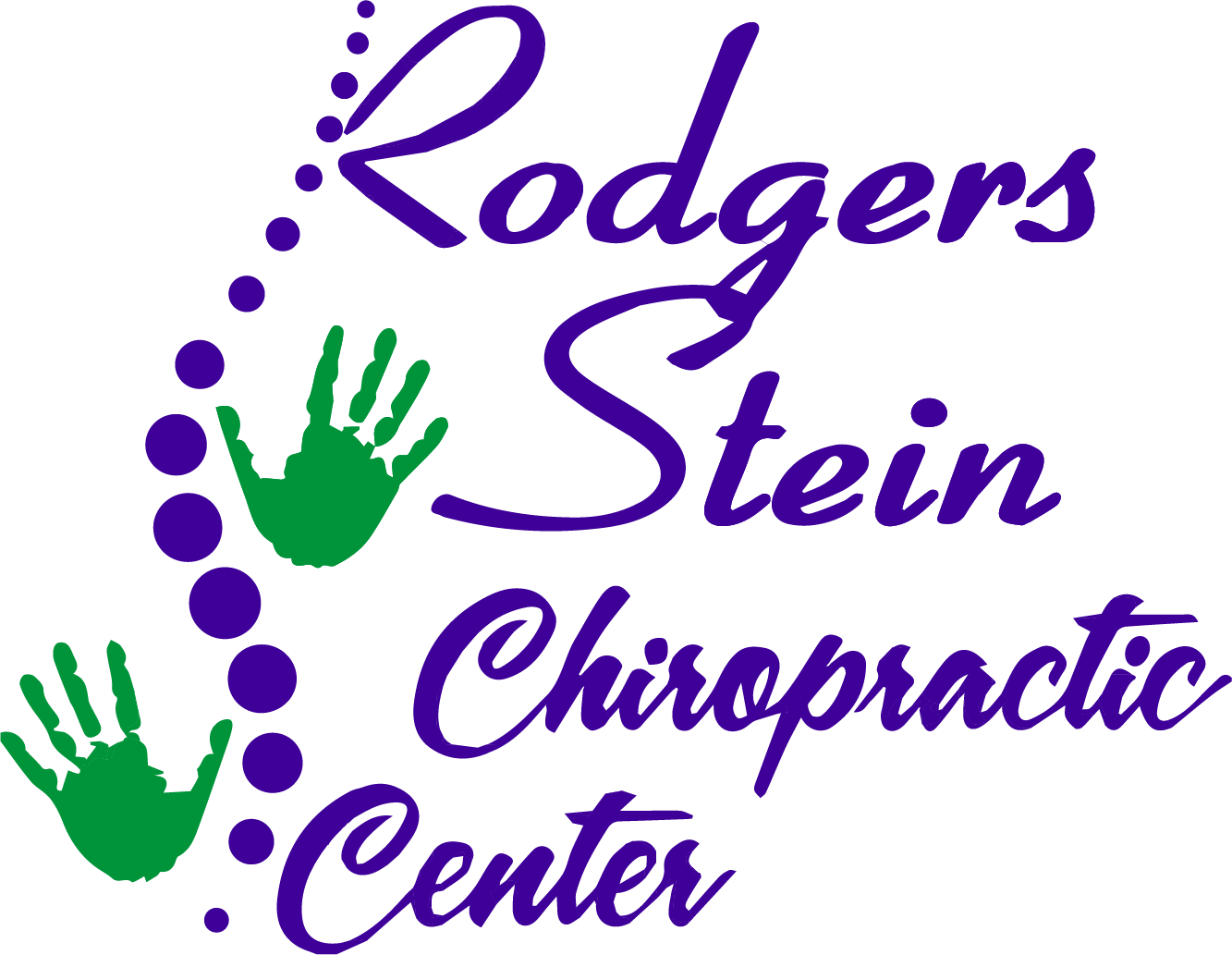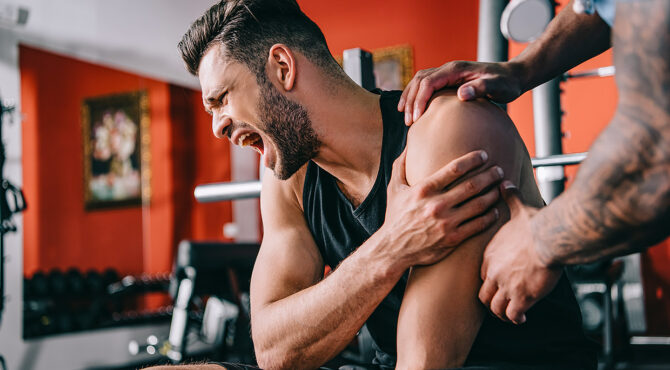When it comes to boosting your flexibility, effective care solutions can make all the difference in your routine. You might find that incorporating specific stretching techniques, alongside practices like yoga and foam rolling, not only enhances your range of motion but also relieves tension you didn't even know you had. Additionally, combining these methods with strength training can lead to balanced muscle development, setting the stage for long-term benefits. So, what if you could create a personalized plan that keeps you motivated and on track? Let's explore how to get started.
Understanding Flexibility
Flexibility is often misunderstood, yet it plays an indispensable role in your overall fitness and well-being. Many people think flexibility is just about being able to touch your toes or perform impressive yoga poses, but it goes much deeper than that.
At its core, flexibility refers to the range of motion in your joints and muscles. It's about how well your body can move and adapt to various activities, which is essential whether you're an athlete or someone who simply wants to maintain everyday functionality.
Your flexibility isn't solely determined by genetics; it's also influenced by your lifestyle, age, and activity level. Regular stretching and mobility exercises can improve your flexibility over time, enhancing both your athletic performance and daily movement.
This means that if you put in the effort, you can gradually increase your range of motion, making it easier to perform tasks without risking injury.
Moreover, understanding flexibility involves recognizing its two major types: static and dynamic. Static flexibility is about holding a stretch in one position, while dynamic flexibility refers to your ability to move through a range of motion with control.
Both types are indispensable, as they contribute to your overall physical health and can even impact how well you recover from workouts.
In short, flexibility is more than just a party trick; it's a crucial aspect of your fitness that allows you to move freely and confidently in every aspect of life.
Benefits of Increased Flexibility
Increased flexibility can greatly enhance your overall performance, whether in sports or daily activities. When you improve your flexibility, you allow your muscles and joints to move more freely, which can lead to better coordination and balance. This increased range of motion not only helps you perform specific movements more effectively but also reduces the risk of injuries. You'll find that activities like running, jumping, or even bending down to tie your shoes become easier and less taxing on your body.
Moreover, enhanced flexibility can improve your posture. Tight muscles often lead to imbalances that affect how you carry yourself. By working on flexibility, you can alleviate tension in the muscles that pull your body out of alignment, leading to a more upright and comfortable stance. This not only makes you look more confident, but it also contributes to overall health by reducing strain on your spine.
In addition, increased flexibility can boost your recovery times. After a workout, flexible muscles tend to recover faster, meaning you can get back to your routine without prolonged soreness. This is especially beneficial if you're involved in high-intensity sports or rigorous training.
Lastly, the mental benefits shouldn't be overlooked. Engaging in flexibility exercises often promotes relaxation and mindfulness, helping you manage stress.
Stretching Techniques to Try
To improve your flexibility, you should explore both dynamic and static stretching techniques.
Dynamic stretching warms up your muscles and prepares them for movement, while static stretching helps increase your range of motion.
Let's take a closer look at how each of these methods can benefit your flexibility routine.
Dynamic Stretching Benefits
Dynamic stretching is often overlooked, yet it offers numerous benefits that can enhance your workout routine. By incorporating these movements, you'll prepare your muscles and joints for the physical demands ahead, improving your overall performance.
Unlike static stretching, dynamic stretching involves active movements that mimic the activities you'll perform, allowing your body to warm up effectively.
One major benefit of dynamic stretching is increased range of motion. As you engage in these movements, you'll improve flexibility, which can lead to better athletic performance. Additionally, dynamic stretches elevate your heart rate, promoting blood flow and oxygen delivery to your muscles, reducing the risk of injury during your workout.
You'll also find that dynamic stretching can boost your coordination and balance. Many dynamic stretches require you to engage multiple muscle groups simultaneously, challenging your body and enhancing stability. This is particularly beneficial for athletes looking to improve their skills.
To get started, try leg swings, arm circles, or walking lunges. These exercises not only prime your body for action but also make your workouts more enjoyable.
Incorporating dynamic stretching into your routine can make a noticeable difference in your performance and overall flexibility.
Static Stretching Techniques
Static stretching is an effective way to enhance flexibility and promote recovery after a workout. By holding specific stretches, you can improve muscle elasticity and range of motion.
Here are three static stretching techniques to try:
- Hamstring Stretch: Sit on the floor with one leg extended straight and the other bent. Reach towards your toes while keeping your back straight. Hold this position for 20-30 seconds, feeling the stretch along the back of your thigh.
- Quadriceps Stretch: Stand tall and grab your right ankle with your right hand, pulling it towards your glutes. Keep your knees close together and hold for 20-30 seconds. Switch sides and repeat. This stretch targets the muscles at the front of your thigh.
- Shoulder Stretch: Bring one arm across your body at shoulder height. Use your opposite hand to gently pull the arm closer to your chest. Hold for 20-30 seconds, then switch arms. This helps relieve tension in your shoulders and upper back.
Incorporating these techniques into your routine can make a noticeable difference in your flexibility and overall performance.
Give them a try!
Incorporating Yoga Into Your Routine
Yoga can be a game-changer when it comes to boosting your flexibility. By incorporating yoga into your routine, you'll not only enhance your flexibility but also improve your overall well-being. Start by setting aside just 15 to 30 minutes a few times a week to practice. This doesn't require a lot of time, and you'll quickly notice the benefits.
Begin with basic poses like Downward Dog, Cat-Cow, and Child's Pose. These foundational stretches target major muscle groups and promote flexibility. As you become comfortable with these poses, gradually incorporate more challenging ones like Triangle Pose and Pigeon Pose.
Remember, it's crucial to listen to your body and avoid pushing yourself too hard. You're aiming for progress, not perfection.
Consistency is key. Try to integrate yoga into your daily routine, even if it's just a few minutes of stretching in the morning or winding down in the evening. You could also consider joining a local class or using online resources for guided sessions. This not only keeps you motivated but also helps you learn proper techniques.
To maximize your experience, focus on your breathing. Deep, controlled breaths help you relax and deepen your stretches, making your practice more effective.
Over time, you'll find that your flexibility improves remarkably, and you'll feel more energized and centered throughout your day.
Foam Rolling for Muscle Relief
In addition to yoga, foam rolling offers a fantastic way to enhance muscle relief and flexibility. This self-myofascial release technique helps reduce muscle tension, improve blood circulation, and increase your range of motion. By incorporating foam rolling into your routine, you'll experience a significant boost in your overall flexibility and recovery.
Here's how foam rolling benefits you:
- Release Tightness: Foam rolling targets trigger points and knots in your muscles, effectively breaking down adhesions and tight spots. Imagine rolling out the tension in your back after a long day or easing the soreness in your legs post-workout.
- Enhance Blood Flow: As you roll, you stimulate blood circulation to the affected areas. Picture your muscles soaking up fresh oxygen and nutrients, which aids in quicker recovery and reduces muscle fatigue.
- Improve Flexibility: Regular foam rolling can lead to greater flexibility. Visualize your hamstrings loosening up, allowing you to reach for your toes with ease, or your shoulders opening up, giving you more freedom in your upper body movements.
To get started, simply choose a foam roller that suits your needs. Spend a few minutes rolling over different muscle groups, focusing on areas that feel tight or sore.
Listen to your body and adjust the pressure as needed. With consistent practice, you'll find that foam rolling becomes an invaluable addition to your flexibility routine.
The Role of Strength Training
When you incorporate strength training into your flexibility routine, you're not just building muscles; you're also enhancing your overall range of motion. Strength training helps develop the muscles around your joints, providing them with the support they need to move more freely. This added stability allows you to safely perform stretches with greater depth and effectiveness.
As you work on strengthening specific muscle groups, you're creating a balance between strength and flexibility. When muscles are strong but tight, they can limit your ability to stretch effectively. By focusing on both elements, you can improve your performance in activities such as yoga, dance, or even everyday tasks. You'll find that your increased strength makes it easier to achieve those challenging poses or movements that once felt out of reach.
Moreover, strength training promotes better posture, which is essential for peak flexibility. When your body is aligned correctly, it allows for more efficient movement, reducing the risk of injury. This is particularly important if you're engaging in activities that require both strength and flexibility, as poor posture can lead to strain.
To get started, consider incorporating compound movements like squats, lunges, and deadlifts into your routine. These exercises engage multiple muscle groups at once, providing a solid foundation for overall strength.
As you progress, include exercises that target specific areas where you want to improve flexibility. With a consistent approach, you'll notice the benefits of strength training translating into greater flexibility and a more agile body.
Innovative Therapies for Flexibility
When it comes to enhancing your flexibility, innovative therapies can make a real difference.
You'll discover various stretching techniques, the benefits of massage therapy, and how yoga can elevate your flexibility game.
Let's explore how these approaches can help you achieve your goals.
Stretching Techniques Overview
As you seek to enhance your flexibility, understanding various stretching techniques can greatly impact your progress. Each technique serves a unique purpose, and incorporating them into your routine can lead to remarkable improvements.
Here are three effective stretching techniques to evaluate:
1. Static Stretching: This involves holding a stretch for 15-60 seconds. It's perfect for cooling down after workouts, helping to improve flexibility gradually.
Imagine gently reaching for your toes, feeling the stretch in your hamstrings as you breathe steadily.
2. Dynamic Stretching: This technique uses movement to prepare your muscles for activity. Think of leg swings or arm circles.
As you perform these movements, you increase blood flow and enhance your range of motion, setting the stage for peak performance.
3. PNF Stretching (Proprioceptive Neuromuscular Facilitation): This advanced technique pairs stretching with contraction.
Picture a partner helping you stretch your quadriceps, then pushing against their hand, enhancing your flexibility through the combination of tension and release.
Benefits of Massage Therapy
In addition to stretching techniques, incorporating massage therapy into your routine can considerably enhance your flexibility.
Massage therapy works by relaxing tense muscles, improving circulation, and increasing your range of motion. When your muscles are relaxed, they respond better to stretching, making it easier for you to achieve greater flexibility.
By targeting specific muscle groups, massage helps to release tightness and knots that can hinder your movement. This release not only alleviates discomfort but also allows your body to move more freely during activities.
Regular massage sessions can also speed up recovery from workouts, reducing muscle soreness and preventing injuries that might limit your flexibility.
Moreover, the psychological benefits of massage shouldn't be overlooked. It reduces stress and promotes relaxation, which can make you more inclined to engage in flexibility-enhancing activities.
When you feel relaxed and less tense, you're more likely to commit to your routine.
Incorporating massage therapy into your flexibility regimen can lead to noticeable improvements in your overall performance and well-being.
Yoga for Enhanced Flexibility
Many people find yoga to be an excellent way to boost flexibility while also promoting overall wellness.
If you're looking to enhance your flexibility, yoga offers a variety of poses that can help you achieve your goals.
Here are three key benefits to incorporating yoga into your routine:
- Stretching and Lengthening: Each pose encourages your muscles to stretch and lengthen, which helps improve your range of motion. As you hold positions like Downward Dog or Pigeon Pose, you'll feel your muscles gradually releasing tension.
- Mind-Body Connection: Yoga isn't just about physical flexibility; it also cultivates mental flexibility. As you focus on your breath and align your movements, you'll develop a deeper awareness of your body and its capabilities.
- Consistent Practice: Regular practice leads to gradual improvements. Even just a few minutes of yoga each day can considerably enhance your flexibility over time.
Engaging in yoga not only helps you become more flexible but also fosters a sense of calm and balance in your life.
Creating a Daily Flexibility Plan
To enhance your flexibility, establishing a daily plan is essential. Start by determining how much time you can dedicate each day to your flexibility routine. Even 10 to 15 minutes can make a significant difference. Set aside a specific time, whether it's in the morning, during lunch breaks, or before bed, to create consistency.
Next, identify the stretches and exercises that target the areas you want to improve. Incorporate a mix of dynamic stretches for warm-up and static stretches for cool-down. Focus on major muscle groups like your hamstrings, quadriceps, hips, and shoulders. You might consider adding yoga or Pilates to your routine, as these practices emphasize flexibility and strength.
As you create your daily plan, listen to your body. Warm up before stretching to prevent injury, and never push yourself into pain. Gradually increase the intensity and duration of your stretches over time. Keep track of your progress by noting how your flexibility improves on a weekly basis.
Don't forget to include rest days in your plan. Flexibility gains occur during recovery, so allow your body time to adapt. On rest days, consider light activities like walking or gentle yoga to keep your muscles engaged without overstressing them.
Finally, be flexible with your plan. Life can get busy, and it's okay to adjust your schedule as needed. Consistency is key, so find what works best for you and stick with it to see the benefits.
Tips for Staying Motivated
Staying motivated on your flexibility journey can be challenging, especially as initial enthusiasm wanes. However, keeping that spark alive is essential for achieving your goals. Here are some practical tips to help you stay focused and motivated:
1. Set Clear Goals: Break your flexibility journey into smaller, achievable milestones. Instead of aiming for a full split right away, set weekly goals, like touching your toes or holding a stretch for a longer duration.
Celebrate each milestone; it'll boost your confidence and keep you excited.
2. Track Your Progress: Keep a journal or use an app to log your flexibility workouts. Noting down your achievements, however small, can be incredibly motivating.
Look back at your progress to remind yourself how far you've come, especially on days when you feel stagnant.
3. Mix It Up: Variety is the spice of life! Incorporate different stretching routines or try a yoga class.
This not only prevents boredom but also challenges your body in new ways. You might discover a new favorite stretch or technique along the way.
Conclusion
Boosting your flexibility is all about finding the right balance of techniques that work for you. By incorporating stretching, yoga, foam rolling, and strength training into your routine, you'll notice improvements in your range of motion and overall muscle health. Remember to set realistic goals and track your progress to stay motivated. With consistency and a bit of creativity, you can enjoy a more flexible, healthier lifestyle that enhances your physical performance and well-being.



